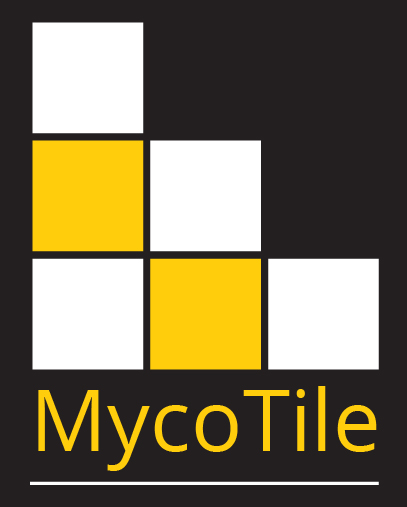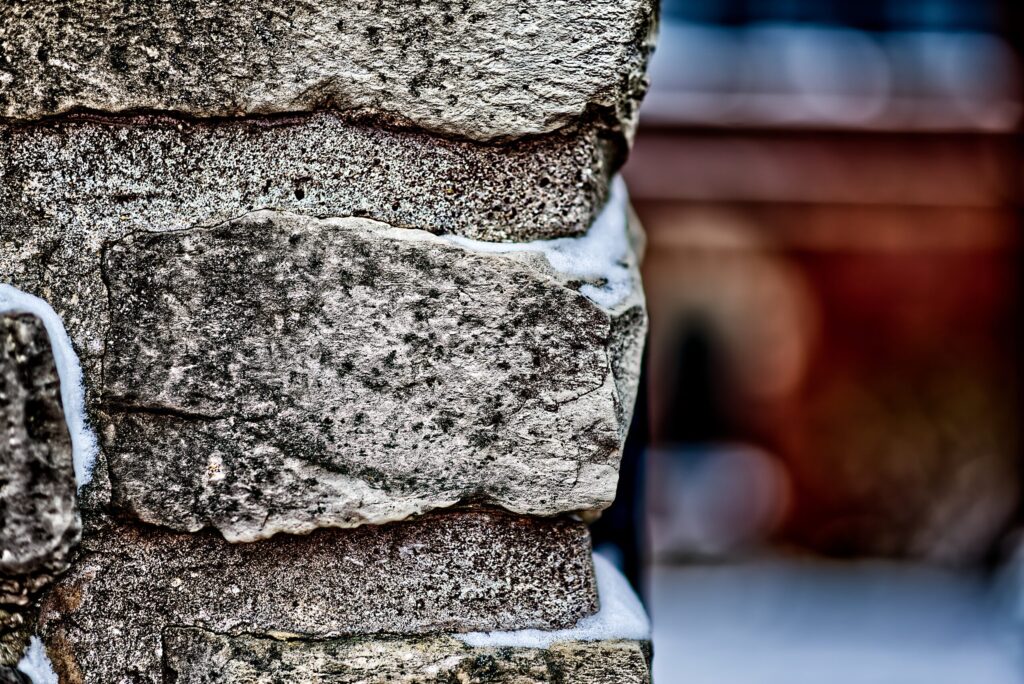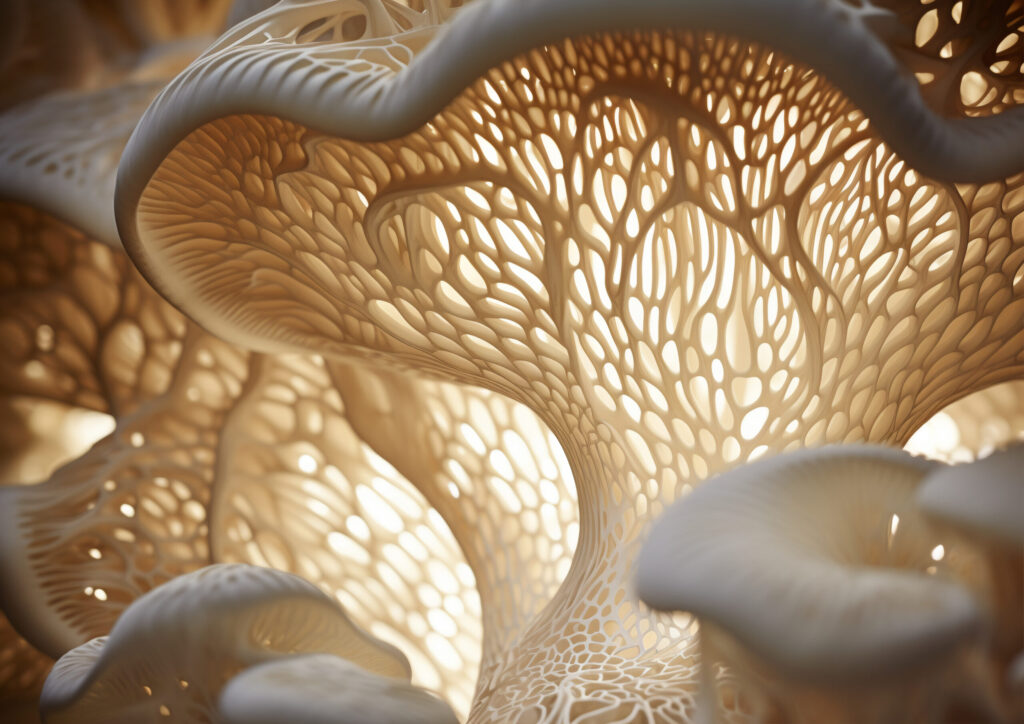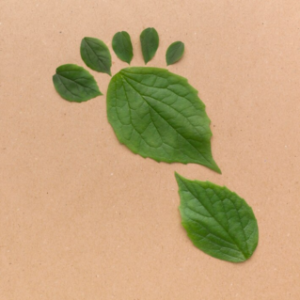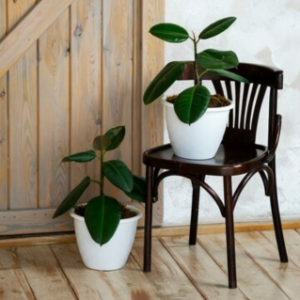Mycelium bricks are a revolutionary type of building material made from a fungus\’ vegetative section. Mycelium bricks, while not as well-known as traditional building materials like clay or concrete, are gaining popularity in the construction industry due to their unique characteristics and sustainability.
The small weight of mycelium bricks is one of its key advantages. Traditional bricks can be heavy and difficult to move, raising the cost of construction. Mycelium bricks, on the other hand, are made from natural materials and are much lighter in weight, making them easier to transport and handle.
Because of their enhanced insulating value, mycelium bricks are also more energy-efficient than conventional bricks. The small, connected cells of mycelium can trap air and water vapor, forming a natural insulating barrier. This means that mycelium brick structures may be more energy efficient since they help regulate the temperature inside the building and reduce the demand for heating and cooling.
Mycelium bricks are completely biodegradable, lightweight, and have a better insulating value. This makes them a more environmentally friendly alternative to traditional bricks, which can take hundreds of years to decompose. When mycelium bricks reach the end of their useful life, they may be disposed of in an environmentally acceptable manner, making them a more sustainable building material.
So, how are mycelium bricks created? They are created by cultivating mycelium on agricultural waste substrates like as straw or sawdust. Mycelium consumes the waste, forming a brick-like structure that may then be dried and used as a building material. This approach is simple and requires few resources, giving it a more environmentally friendly alternative to traditional brick manufacturing methods.
While mycelium bricks are still a relatively new building material, they have the potential to revolutionize the industry. Their unique characteristics and sustainability make them an intriguing alternative to traditional bricks, and as more architects and builders become aware of their benefits, we may see an increasing use of mycelium bricks in the construction industry.
